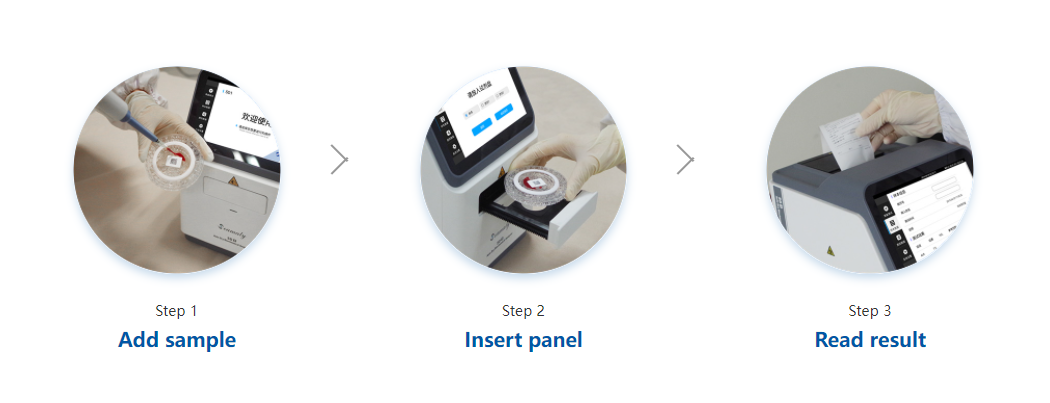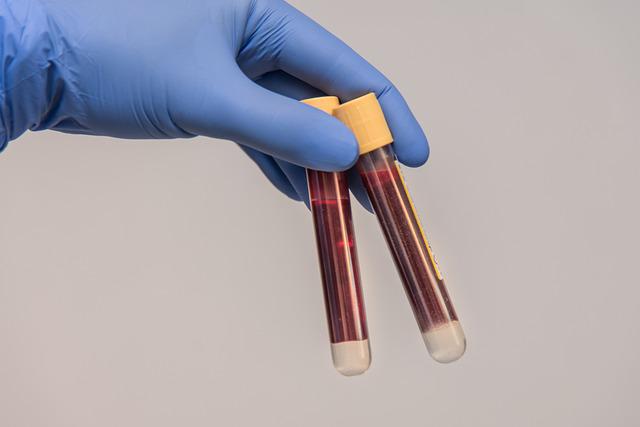release time:2021-08-08 13:52:57
Seamaty biochemical diagnostic reagent tray: it uses a plastic with glass characteristics: made of acrylic, with instruments involved in each stage of blood analysis. It is well realized in a small reagent tray to complete the blood sampling, separation, dilution, reaction, detection and other series of operations.

Acrylic, also known as PMMA or Plexiglas, derived from acrylic plastic, chemically known as polymethyl methacrylate.

2022-01-11
Calibration is to find a reference point, which is a K value (or F value). It is determined by the biochemical machine and the state of the reagents.

2021-12-17
The liver, located at the diaphragm, is one of the most important organs in the abdominal cavity. It plays a vital role in maintaining the normal functioning and metabolism of the body, such as 1. aiding digestion (metabolism of fats) 2. synthesis of proteins and hormones.

2021-11-22
1. Hemolysis: Hemolysis is one of the most common interfering factors in clinical biochemical tests. Hemolysis is the rupture of red blood cells in the blood. The contents of the red blood cells enter the serum. As a result, the concentration or activity of the biochemical test substance is affected.